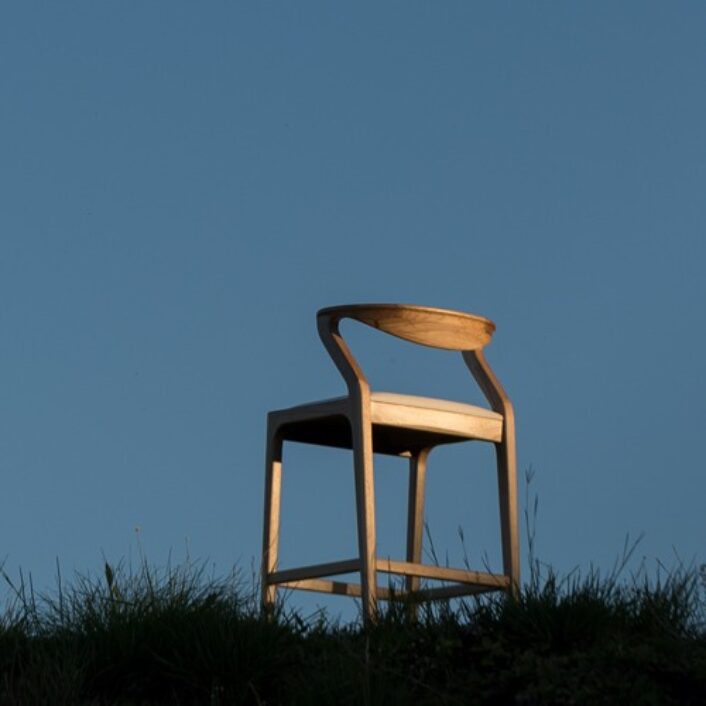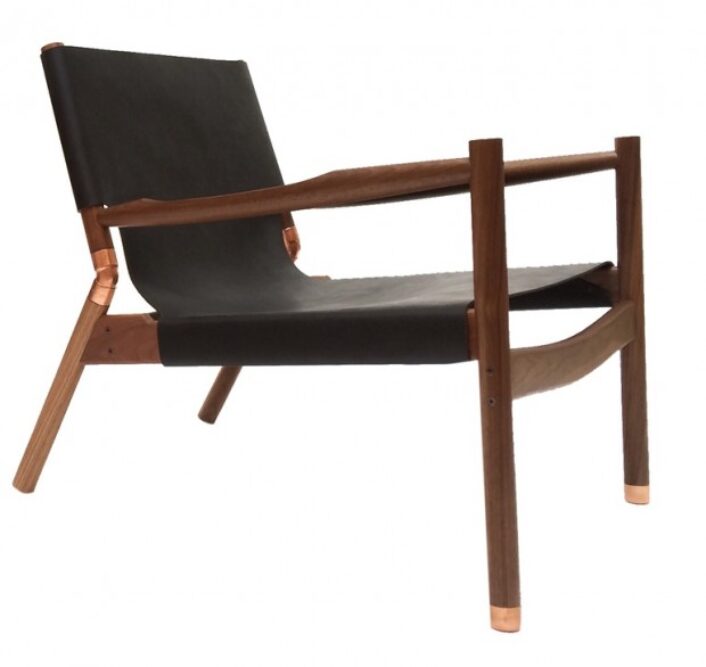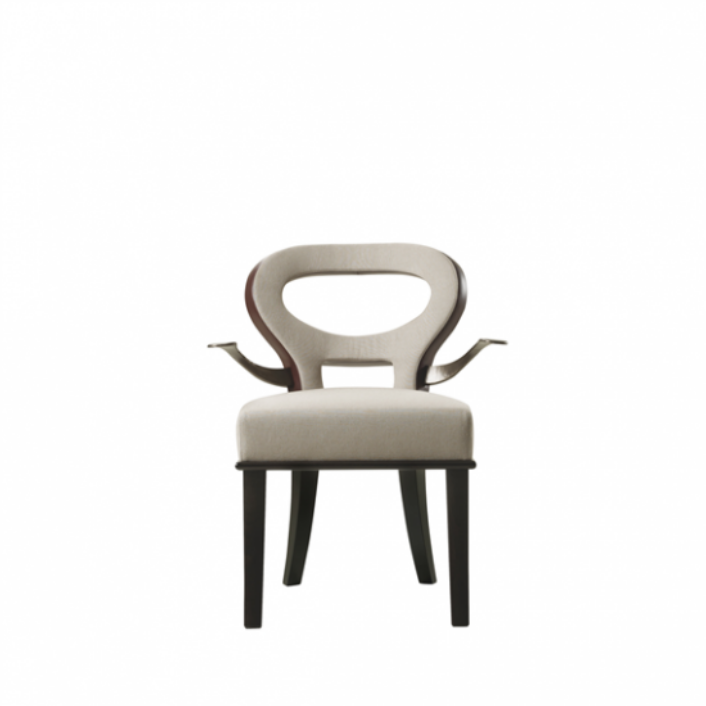Design
Sergio Rodrigues with a little Borge Mogensen
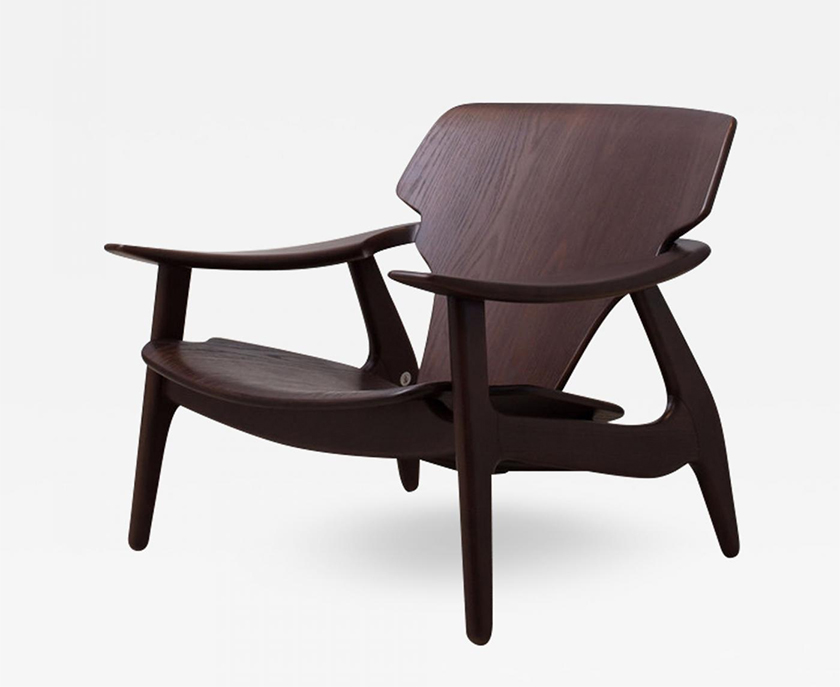
The Diz Chair.
The chair’s sweeping curves and undulating lines show off the beauty of the wood’s grain. The perfectly anatomical shape makes it extremely comfortable… and not just a chair to be admired. Handmade from solid tahari wood, the seat and backrest are made from eucalyptus wood. Prior to completion, the chair is stained with a clear varnish.
Image courtesy of: Incollect
Dubbed the “Father of Brazilian Furniture,” Sergio Rodrigues was responsible for establishing a new model in design that included his own “language,” while imparting a recognizable Brazilian identity to the world. The Rio-born designer is associated with his use of local woods such as jacaranda, imbue, and peroba.
Rodrigues always remained rooted in traditional Brazilian culture, even as his furniture rose to the forefront of mid-century design. Trained as an architect, Rodrigues opened one of the first modern furniture shops in Curitiba (a city in the south of the country known as a cultural center). In addition, the designer was Oscar Niemeyer’s “interior designer of choice” for his Brazilian buildings. This was probably due to the fact that similar to Niemeyer’s structures, Rodrigues’ furniture was both arched and curved; in addition, each piece was made from native materials.
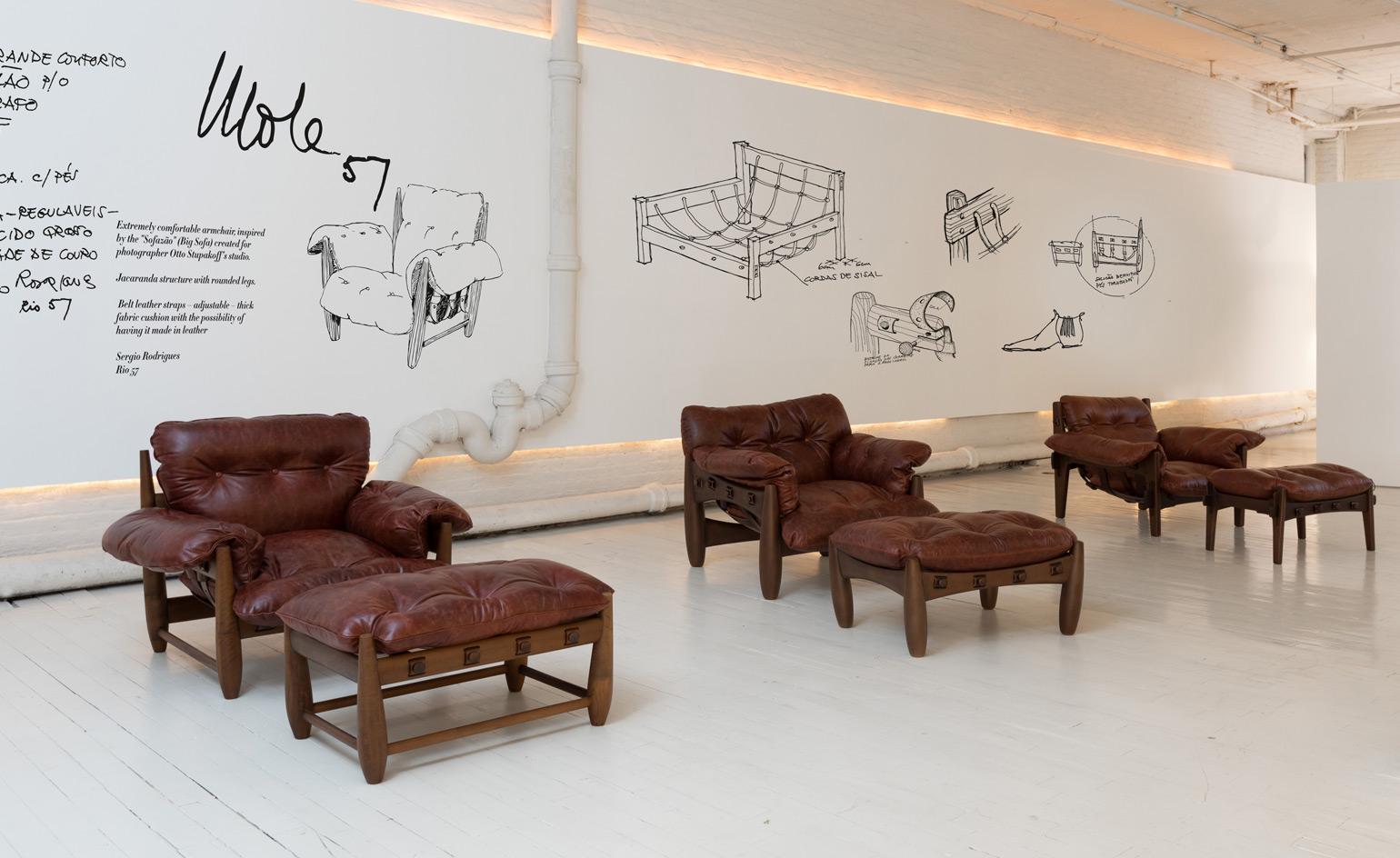
In 2017, New York City gallery Espasso launched an exhibition of Sergio Rodrigues’ most iconic pieces; featuring the Mole Chair, 1957.
Image courtesy of: Wallpaper, photographed by: Eliseu Cavalcante
Rodrigues is most associated with the “Mole” Armchair that was designed in 1957. The tufted and oversized leather cushions are slung low over a grid of leather straps that hang like a hammock from a rounded jacaranda wood frame. The name translates to “soft” from Portuguese, this chair was awarded first prize in Cantu’s 1961 International Furniture Competition.
Even today, the Mole is one of the most important chairs in Brazilian Design. Long-time friend Carlos Junqueira said about the chair, “When you sit in it, you don’t want to get out. It’s like a big hug.” Junqueira added that the sketches of the chair are depicted in Rodrigues’ signature cartoon strip style. One sketch features a drawing of a man blissfully sprawled out in a “Mole” chair, his right leg casually draped over the armrest.
Following the armchair which also came with a tufted footstool, Rodrigues created the “Moleca” Armchair which is a smaller version of the original (1957) and a larger version with a floppy arm cushion known as the “Mole Sheriff” (1961).
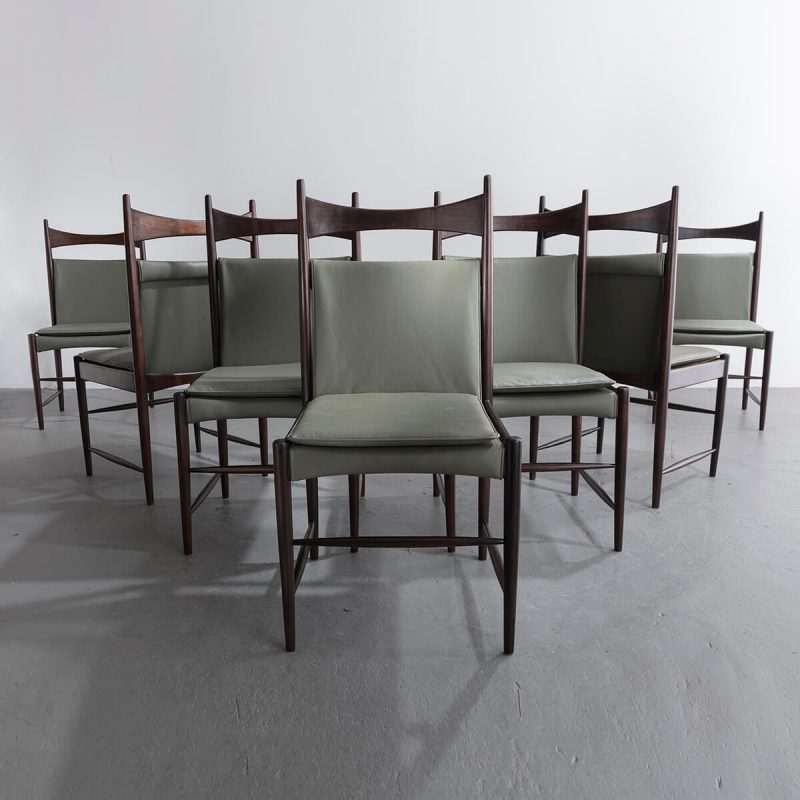
Cantu chairs in jacaranda wood with leather seats and backs, 1959.
Image courtesy of: R & Company
Rodrigues founded Oca in 1955… it quickly became one of the most influential modern furniture companies in Brazil. Thirteen years later, he left the company and started working solely in his studio developing furniture lines for industrial production, residential, hotel, and office arenas, architecture projects, and systems of pre-fabricated homes. Regardless of the project, the pieces remain playful and typical of relaxed Brazilian attitudes and lifestyles.
Even though his work was deeply personal, Rodrigues remained a practical man. Junqueria said, “He always said that a cat would sleep in a chair if it’s comfortable. He had a cat, and it was always sleeping, so his chairs were good.”
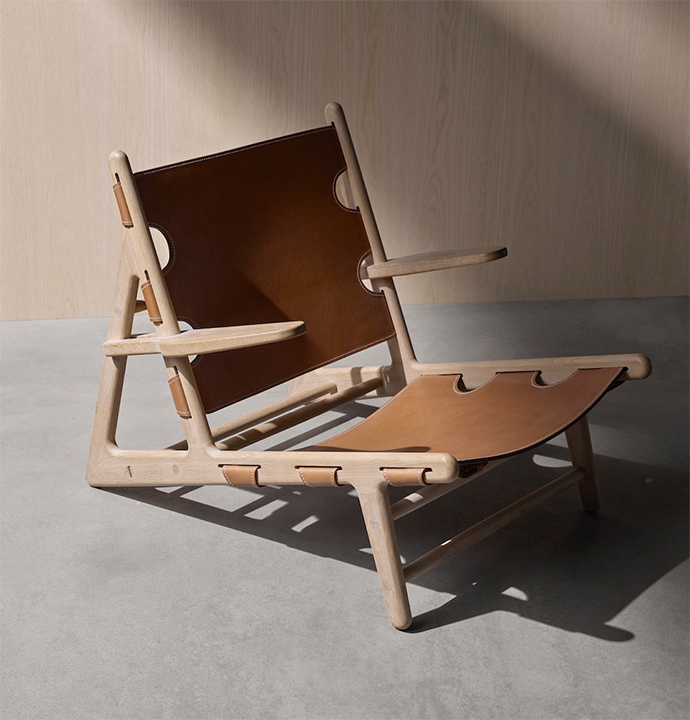
The Hunting Chair comes in three available leather colors: natural saddle leather, Cognac leather, and black leather
Image courtesy of: Scandinavia Design
Similar to Rodrigues’ style are Borge Mogensen’s famous Hunting Chairs. Designed in 1950, this was Morgensen’s first work with wooden framing and saddle leather. The seat is adjustable with solid brass buckles making the chair easy to move from place to place.
The Hunting Chair was designed for the fall exhibition of the Copenhagen Cabinetmakers’ Guild… that year’s theme was “The Hunting Lodge.” The frame was made from oak while the seat and back are made from butt leather with adjustable straps.
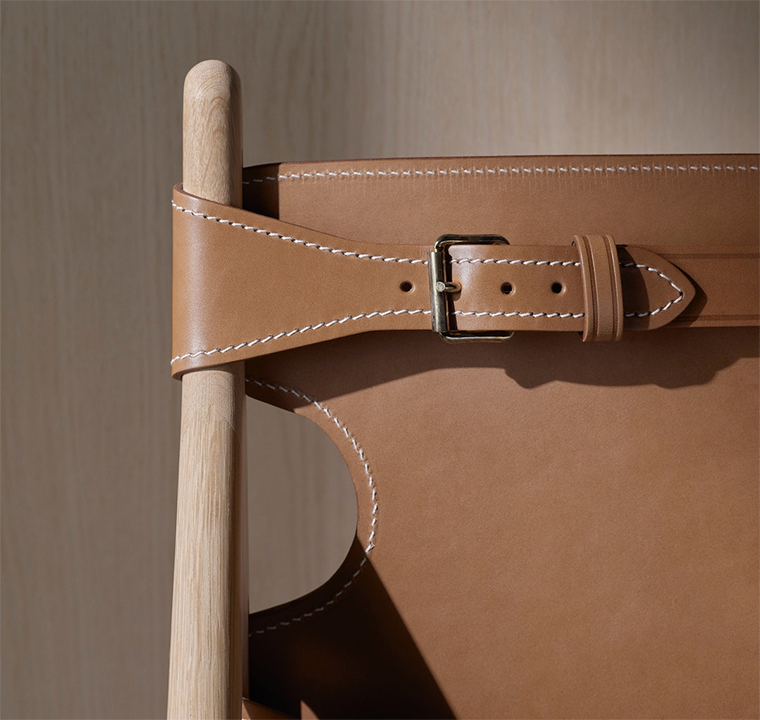
A detail of the straps on the Hunting Chair.
Image courtesy of: Scandinavia Design
Morgensen drew inspiration from the traditional chairs of other cultures such as the English Windsor chairs and chairs from the Shaker movement in America. An advocate of simple lines, strong construction, natural materials, and visual calm, the designer was steadfast that good furniture should be enjoyed now and for generations to come.
Morgensen’s style was similar to Rodrigues’… both design geniuses added much to the world of furniture just about the time the world needed it most!
